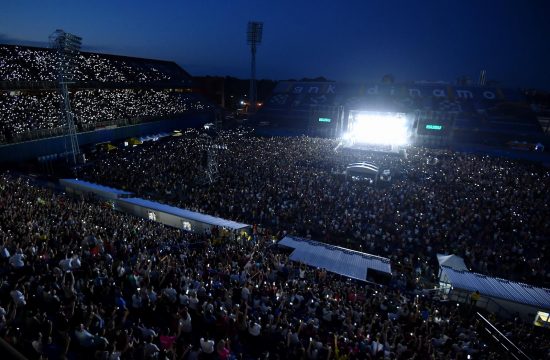
After EU leaders had managed in December 2020 - after great effort - to agree on the goal of reducing greenhouse gas emissions by 55 percent by 2030 (from 1990 levels) a new agreement on how to apportion the burden of meeting that goal will be even more difficult to achieve, showed a debate between the bloc's 27 member countries on Tuesday, state agency Hina reported on Wednesday.
Reducing greenhouse gas emissions by 55 percent by 2030 is “considered necessary” if the target of climate neutrality is to be achieved by 2050, Hina said. Everyone supports that goal “in principle” but the poorer countries of Central and Eastern Europe fear that high costs of transition towards climate neutrality could slow down their development, Hina said.
“Croatia supports that goal and we want to make maximum effort in that regard and continue increasing the use of renewable energy sources,” Prime Minister, Andrej Plenkovic, said. He added that Croatia “had the ambition” of increasing the share of renewable energy sources to 36 percent by 2030, which is a slightly more ambitious goal than the European target of 32 percent, Hina said.
Plenkovic said that the EU would meet its climate goals in the next three decades.
“In that process, one should take account of the different starting positions of the member countries. Central and Eastern European countries have a different industrial base, different technology, different polluters, and need to invest a lot to reach the level of Western European countries,” Plenkovic said.
Due to the different positions of the member-states, very general conclusions on climate change were adopted, without any mention of specific issues. A more detailed discussion is expected after the European Commission presents its set of five bills in July.
Hina did not clarify what those bills might include.
According to current rules, the basic criterion for determining each country’s goal in reducing greenhouse gas emissions is GDP per capita, meaning that poorer countries have lower goals set for them. However, these countries still insist that on top of that, they are still more dependent on fossil fuels than Western European countries.
Another problem is that poorer countries are bigger polluters, and under the GDP criterion, the EU cannot not achieve its goals. At the same time, wealthier countries have made significant investments and reduced greenhouse gas emissions.
“The distribution of that burden will be the key issue in the coming months, and a very sensitive one because lowering one country’s national goal means more burden on another country,” Hina explained.


Kakvo je tvoje mišljenje o ovome?
Budi prvi koji će ostaviti komentar!